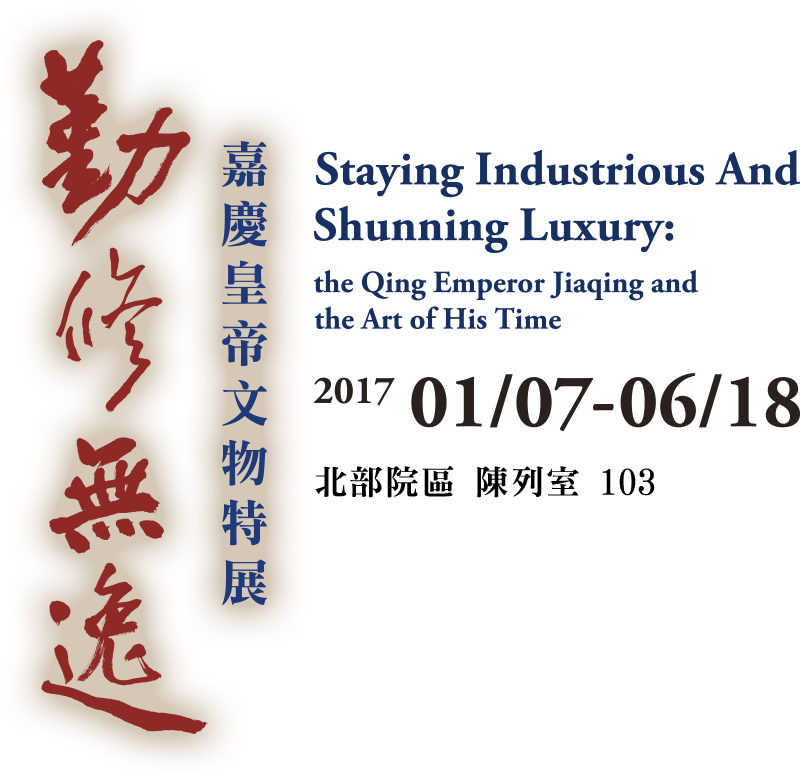Jiaqing (1760-1820) was the 15th son of the Qianlong emperor (1711-1799, r. 1736-1795), the 5th Qing emperor to rule over China. His full name was Aisin Gioro Yongyan, and he was also known by his temple name Renzong. He ruled for 25 years (1796-1820) under the reign name Jiaqing, pronounced "Saicungga Fengšen" in Manchu, meaning "possessive of good fortune and blessing" or "worthy of good fortune and blessing."
In the 38th year of his reign (1773), the Qianlong emperor secretly chose Yongyan as his successor, and in the 54th year (1789) Yongyan was instated as "Prince Jia of the First Rank." In the 60th year of the reign (1795), upon Qianlong's abdication, the Prince assumed the throne, and the following year he adopted the reign name "Jiaqing." However, it was not until the 4th year of his reign (1799), when Qianlong the ruling Emperor Emeritus passed away, that Jiaqing formally took over the reins of government. The Jiaqing Emperor ruled the empire for nearly 25 years before his sudden death at the Imperial Summer Resort in Rehe at the age of 61.
Prior to ascending to the throne, Jiaqing learned the importance of studying hard from his mentors, who helped foster in him virtues of diligence, frugality, benevolence, and cautiousness. He became learned in Confucian philosophy, Chinese history, and the literary arts, and his attainments and talent had met the approval of his imperial father. When Jiaqing took up the reins of government, the longstanding peace established and maintained by the Qianlong court was reduced to a mere surface, with corruption rife among officials and widespread resentment among the people, eventually leading to unrest and rebellion. The Jiaqing emperor nonetheless sought to rule the country using Confucian ideas and to remedy the ills of his times by advocating thrift and diligence, rooting out corruption, and understanding the problems of the people. During his time on the throne, Jiaqing was able to effectively deal with domestic unrest and contain a range of social crises; he also eradicated piracy along the southeastern coast, maintaining peace and stability in the maritime provinces and in Taiwan. On the cultural front, he carried on the enterprise initiated by the previous Qianlong court, organizing the imperial collections and compiling catalogues raisonné, collectanea, and literary works. In the areas of court art and cultural development, Jiaqing continued Qianlong's legacy and also made his own mark.
Consisting of four sections: "Emperor Jiaqing the Person," "Accomplishments as a Ruler," "Art and Collecting at the Court," and "The Cultural Enterprise," the present exhibition is intended to help, with the presentation of historical documents and cultural artifacts, the audiences re-examine the Jiaqing emperor as an individual and acquire a better understanding of the art of his reign and its characteristics.
:::
